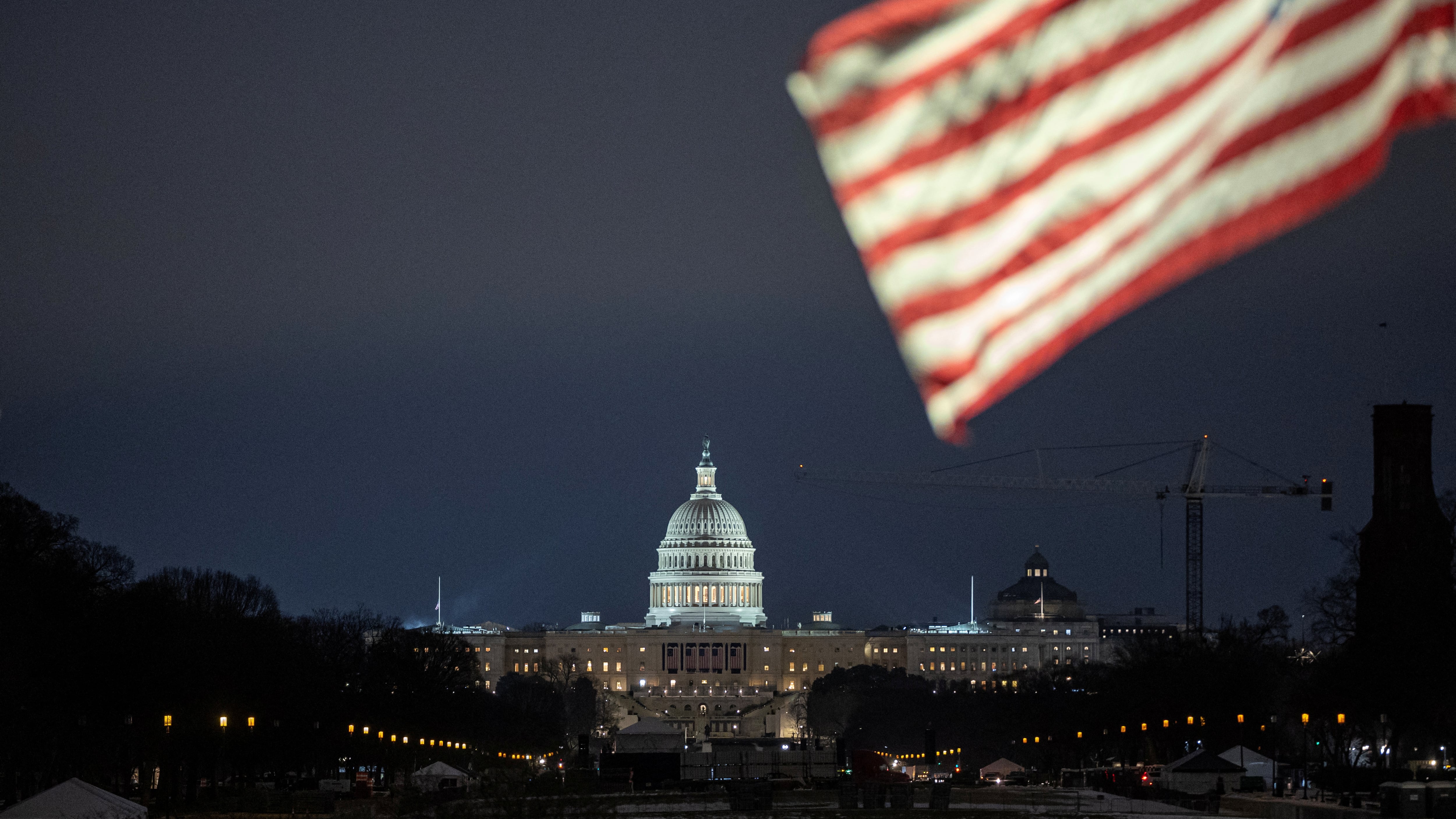
Donald Trump’s team is reportedly not breaking a sweat over Michelle Obama’s absence from his inauguration on Monday. A source close to President-elect Donald Trump’s MAGA orbit told Page Six that those involved in planning his inaugural festivities are “having a good laugh” about Michelle’s snub and “didn’t expect her to come anyway.” Meanwhile, a Democratic source told the outlet that “Donald Trump and Melania didn’t go to Joe Biden’s inauguration and nobody cared. No one said anything.” Barack and Michelle Obama’s office announced that the former first lady would be missing Trump’s swearing-in ceremony on Jan. 20, but that the former president would still attend. Michelle also didn’t attend former President Jimmy Carter’s funeral service last week as she was on an “extended vacation” in Hawaii. Bill and Hillary Clinton, as well as George W. and Laura Bush, are expected to attend Trump’s second inauguration on Monday.
ADVERTISEMENT
ADVERTISEMENT



















